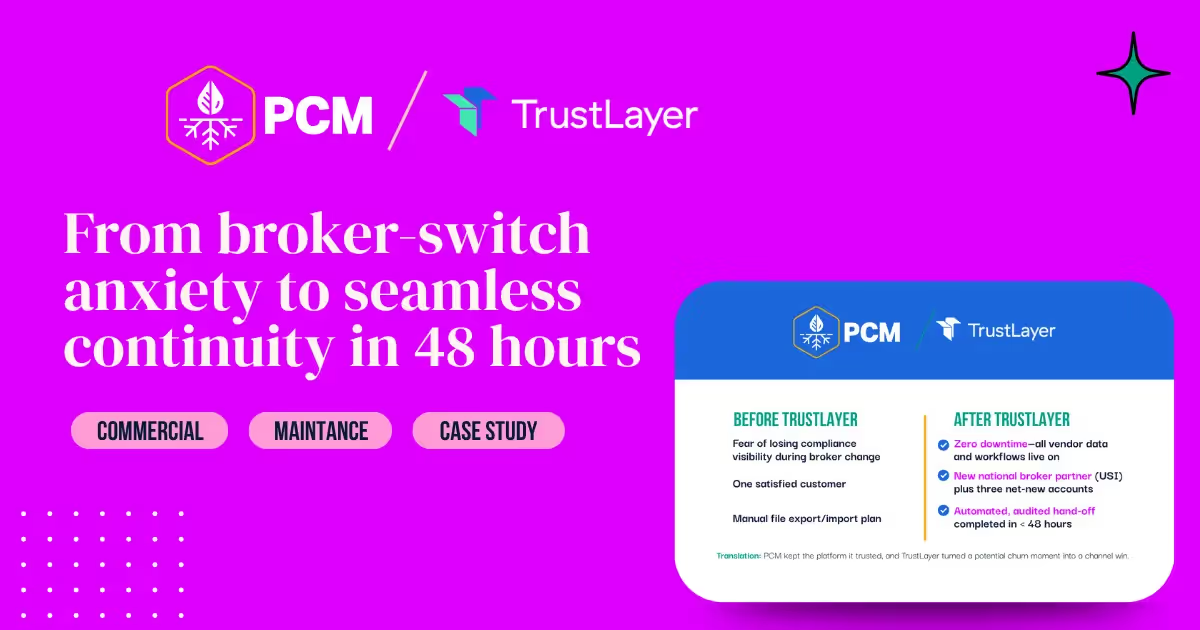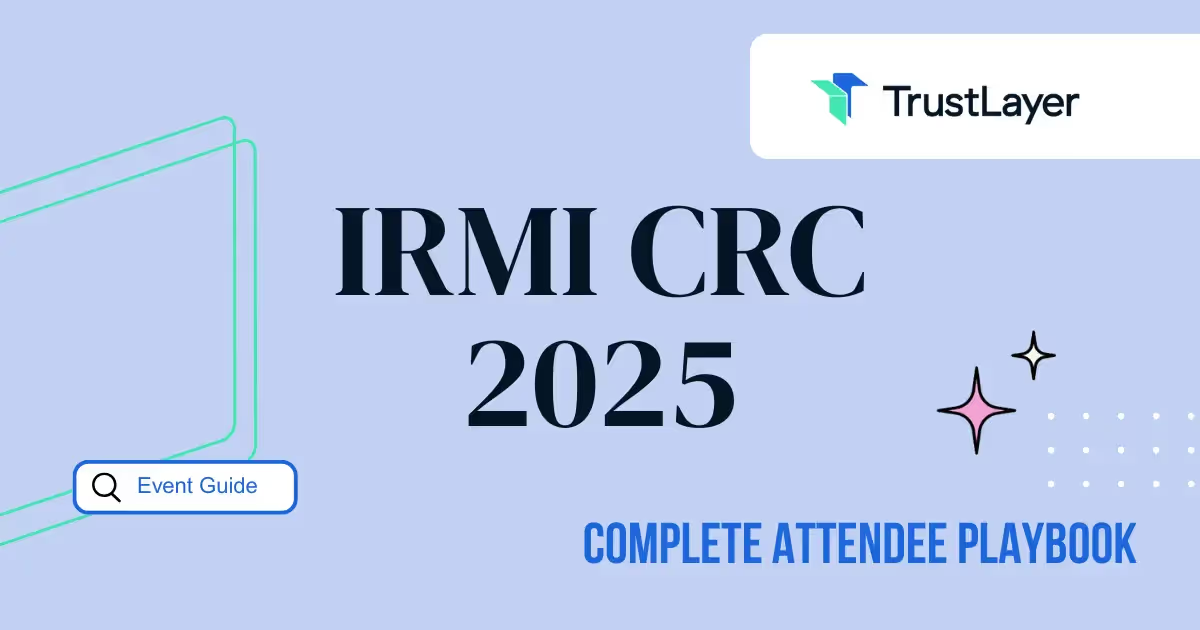 Resources
Resources Proactive Risk Management and the Benefits of Technology in Construction with Matt Aston, President at GPRS
Proactive Risk Management and the Benefits of Technology in Construction with Matt Aston, President at GPRSProactive Risk Management and the Benefits of Technology in Construction with Matt Aston, President at GPRS

On the latest episode of Risk Management: Brick by Brick, Jason Reichl is joined by Matt Aston, President at GPRS, the nation's largest company specializing in the detection of underground utilities.
In this episode, Jason and Matt discuss the role of technology in the construction industry and the importance of proactive risk management. Matt explains how GPRS's ground penetrating radar services help construction companies identify underground utilities before excavation, minimizing the risk of damage.
They also touch on services like video pipe inspection and the litigation aspect of utility damage. Matt highlights the shift towards a more proactive mindset in the industry and the future integration of AI and augmented reality.
To find out how TrustLayer manages risk so that people can build the physical world around us, head to TrustLayer.io.
1. Improved Data Collection and Analysis
One of the key advantages of technology in proactive risk management is the ability to collect and analyze vast amounts of data. Construction sites generate enormous volumes of data on a daily basis, including project plans, schedules, cost estimates, and safety records. By utilizing technology, such as Building Information Modeling (BIM) and computer-aided design (CAD) software, construction companies can gather and analyze this data in real time. This allows them to identify potential risks early on and take proactive measures to manage them.
2. Real-Time Monitoring and Communication
Technology enables real-time monitoring of construction sites, allowing project managers to identify and respond to potential risks immediately. For instance, sensors can be installed to monitor factors such as temperature, humidity, and noise levels, providing valuable insights into potential hazards. Furthermore, mobile applications and cloud-based platforms facilitate seamless communication between different stakeholders, enabling them to share information and address risks promptly.
3. Predictive Analytics
Another significant contribution of technology to proactive risk management in the construction industry is predictive analytics. By analyzing historical data and using algorithms, construction companies can predict the likelihood of potential risks occurring in the future. This allows them to allocate resources and implement preventive measures accordingly. For example, predictive analytics can help identify areas prone to accidents or delays, enabling companies to take preemptive actions to mitigate the risks.
4. Enhanced Safety Measures
Technology has revolutionized safety measures in the construction industry. Wearable devices, such as smart helmets and vests, can monitor vital signs and detect potential hazards, such as falls or overexertion. Additionally, virtual reality (VR) and augmented reality (AR) technologies provide immersive training experiences, allowing workers to practice safety procedures in a controlled environment. By integrating these technologies into risk management practices, construction companies can significantly reduce the occurrence of accidents and injuries.
5. Automation and Robotics
Automation and robotics have emerged as game-changers in proactive risk management in the construction industry. By replacing manual labor with machines, construction companies can minimize human errors and reduce the likelihood of accidents. For instance, autonomous vehicles can transport heavy materials, eliminating the risks associated with manual handling.
Drones equipped with cameras and sensors can conduct inspections of tall structures, reducing the need for workers to perform risky tasks at heights. Conclusion Technology is reshaping the construction industry, including its approach to risk management. The ability to collect and analyze data, monitor construction sites in real time, and utilize predictive analytics has empowered construction companies to take proactive measures to address potential risks.
Furthermore, enhanced safety measures, automation, and robotics have significantly improved the overall safety and efficiency of construction projects. As technology continues to advance, the construction industry will continue to benefit from proactive risk management, leading to safer and more successful projects.
To find out more about the future of technology and insurance, tune in to this episode of Risk Management: Brick by Brick.
Apple: https://apple.co/49Kezze
Spotify: https://spoti.fi/3wwdtIR















